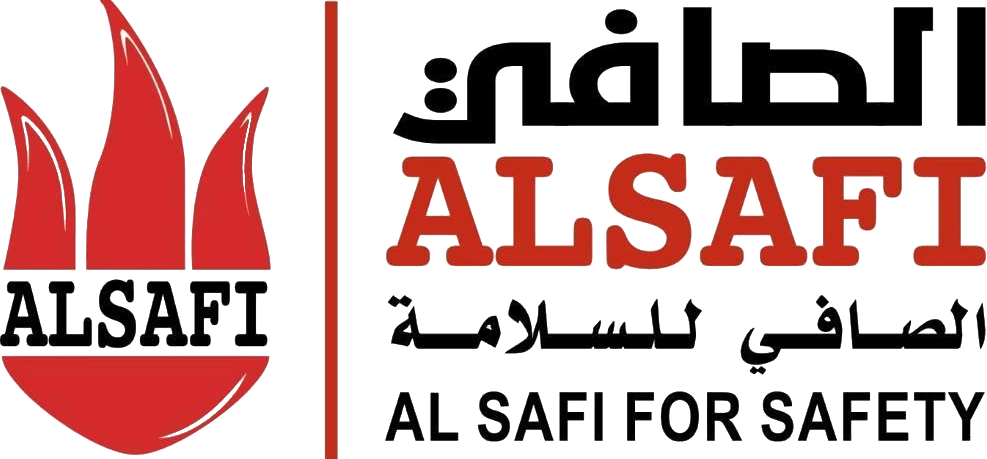What is the foam fire extinguishing system? And what are its components?

The foam fire extinguishing system is one of the most effective and widely used systems in industrial and commercial facilities. It is used to extinguish fires in areas containing flammable liquids, as well as quickly combustible equipment, electronics, and electrical devices, making its presence in any facility extremely important.
Therefore, in this article we will explain more clearly what the foam fire extinguishing system is, its components, and the best company through which you can obtain it.
What is the Foam Fire Extinguishing System?
The foam extinguishing system is an advanced technology that uses a specialized foam substance to suppress fires with high efficiency. This system works by producing lightweight foam made from a mixture of water and flame-retardant chemicals, which together form a foam layer covering the fire’s surface.
This layer isolates the fire from oxygen, reducing its ability to continue burning. The foam extinguishing system is also an ideal solution in environments that require specialized protection for both people and equipment, such as factories, chemical warehouses, and fuel stations.
You can contact us at Al-Safi Company, which provides the best extinguishing systems in Saudi Arabia to deal with all types of fires according to the appropriate extinguishing system.
What are the Components of the Foam Fire Extinguishing System?
The foam fire extinguishing system consists of several components, each playing a role in extinguishing the fire. These include:
-
Foam Tank:
The foam tank is the main element of the foam extinguishing system, as it contains the foam solution. The tank is filled with foam concentrates that mix with water to create the foam used to suppress the fire.
-
Fire Sprinkler Valve:
The fire sprinkler valve mixes the foam solution with water and transforms it into foam that covers burning surfaces. This valve is adjusted to achieve a specific foam-to-water ratio, ensuring optimal extinguishing results.
-
Foam-to-Water Ratio:
The effectiveness of the foam fire extinguishing system depends on the foam-to-water ratio. This ratio varies depending on the type of flammable material, and the required water amount is determined according to the characteristics of the burning substance.
-
Fire Alarm System:
The foam extinguishing system integrates with the fire alarm system to detect the presence of flames or smoke, which triggers the extinguishing process automatically. This integration helps firefighters respond effectively and quickly.
What are the Types of Foam Used in Firefighting?
There are different types of foam used in firefighting, and the choice depends on the nature of the fire and the materials involved. Here are the main types:
-
AFFF (Aqueous Film-Forming Foam):
This type of foam is used for flammable liquid fires. It forms a thin layer that covers the liquid and prevents its reaction with air, helping to extinguish the fire quickly.
-
AR-AFFF (Alcohol-Resistant AFFF):
This is an advanced version of AFFF, specially designed for fires involving liquids containing alcohol. Its effectiveness is not reduced by alcohol content, unlike other foam types.
-
Protein Foam:
Derived from animal protein extracts, this foam is used for organic material fires. It has a dense texture and provides effective cooling and wetting of the burning surface.
-
F3 (Fluorine-Free Foam):
This eco-friendly foam does not contain harmful fluorine compounds. It is used in commercial and industrial applications to provide effective protection without negatively impacting the environment.
When is the Foam Fire Extinguishing System Used?
The foam fire extinguishing system is used in many applications, including:
- Extinguishing burning or ignited liquids with a density lower than water.
- Protecting against ignition of spilled or spread liquids on surfaces by covering them with a stable foam layer.
- Protecting and isolating surfaces exposed to heat transfer by radiation.
- Extinguishing surface fires of highly and normally combustible materials.
- Protecting against fuel leakage risks from aircraft.
- Protecting liquid storage areas.



